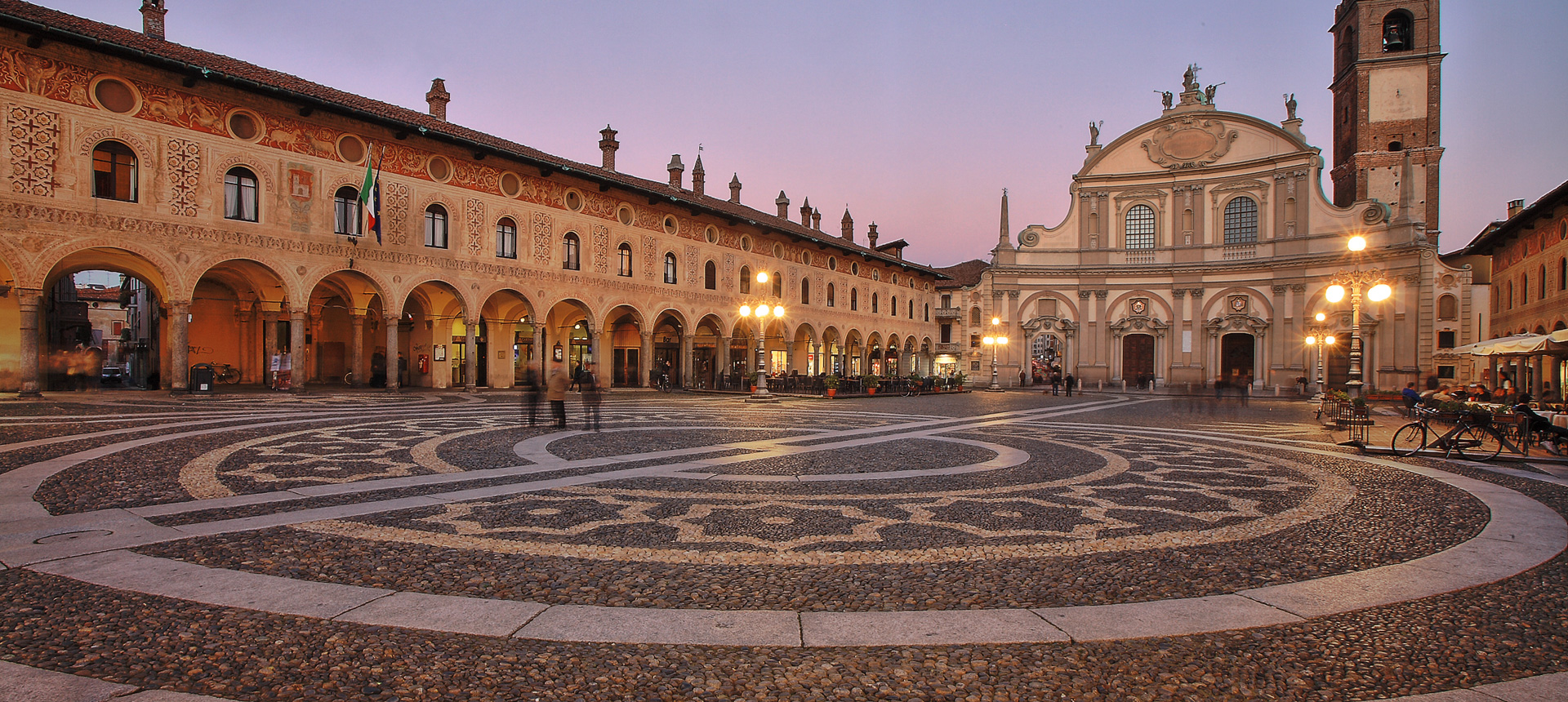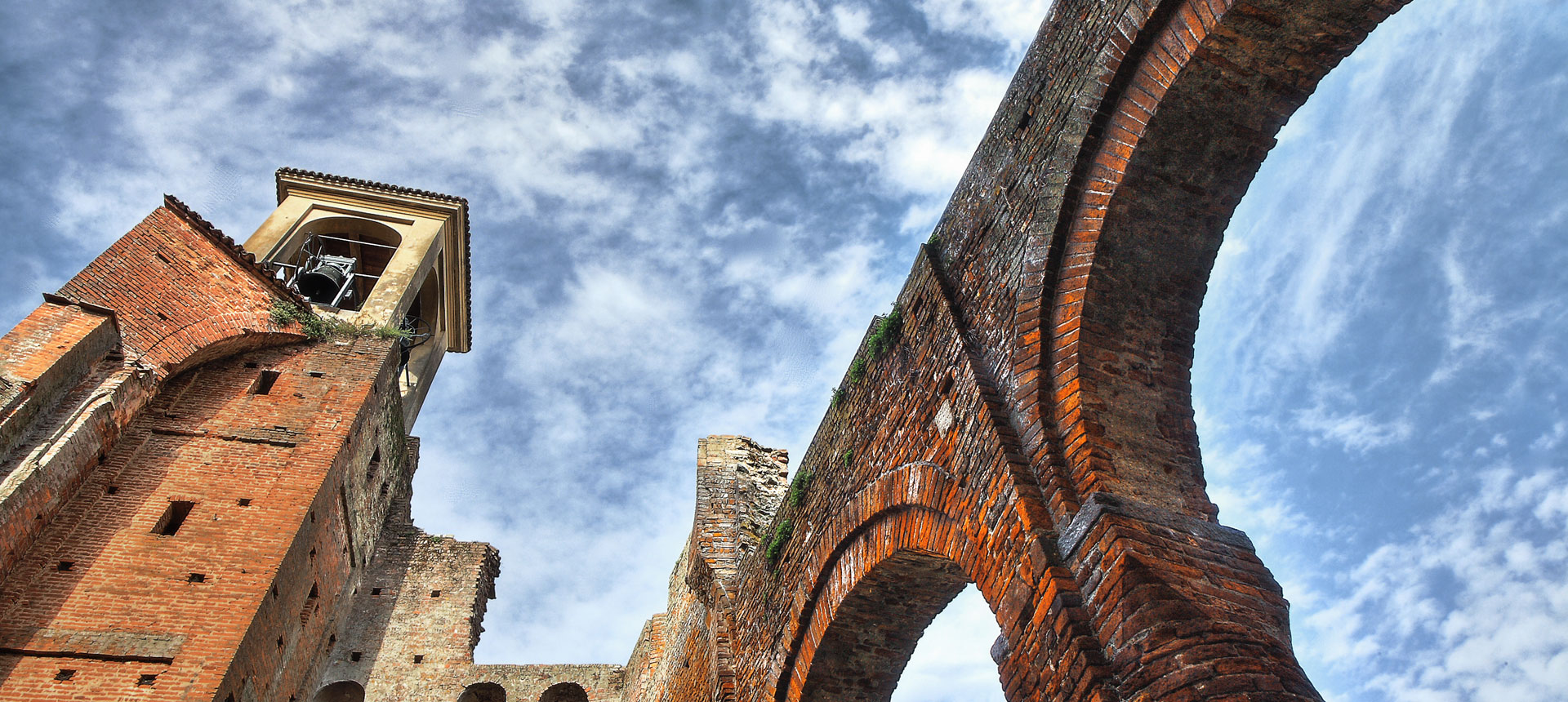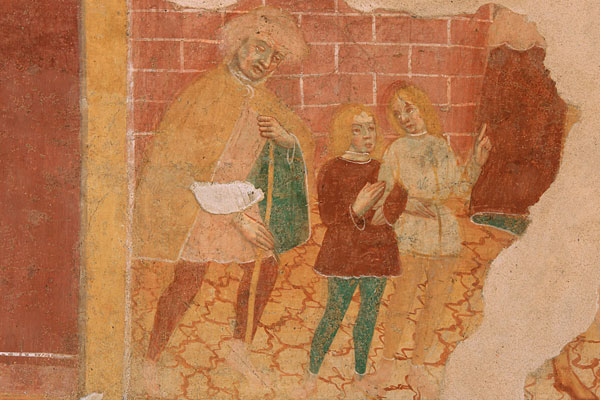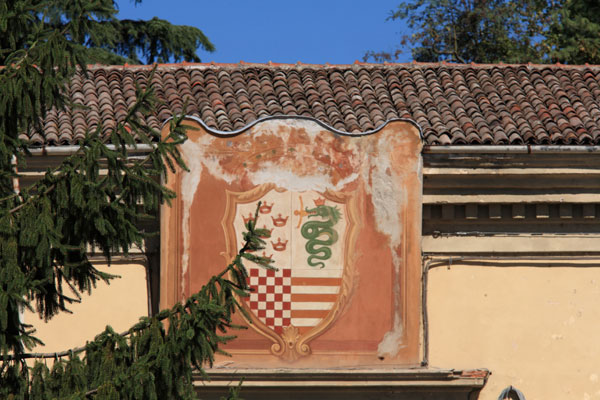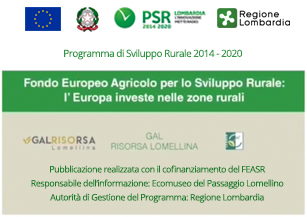A DEFEAT AND A VICTORY FOR THE ROMANS
Two battles were fought in Lomellina before the advent of Christ. In late November 218, Hannibal’s Carthaginian cavalry defeated the Roman cavalry of Consul Publius Cornelius Scipio in an area defined by Livy as “apud Ticinum”, i.e. near the River Ticino. On 30 July 101, the legions under the command of consuls Gaius Mario and Quinto Lutazio Càtulo annihilated the Cimbri people in the battle of the Campi Raudii, in the plain between Robbio and Vercelli.
THEODOLINDA AND THE “CHURCH OF THE DEVIL”
In November 590, the Lombard queen Theodolinda married Agilulfo, Duke of Turin, who was crowned king on 5 May 591. According to the historian Paolo Diacono, the wedding was held in Lomello, in the basilica of Santa Maria Maggiore. In popular tradition, the basilica is the “church of the devil”, as the day before the wedding, Satan destroyed the building and rebuilt it in a single night of frenzied work, but left it deliberately incomplete. Satan made sure that the walls were not parallel; moreover, the shafts, capitals, arch spans and heights of the colonnades were of different shapes and sizes.
THE LEGEND OF THE PALADINS AMICO AND AMELIO
On 12 October 773 in Mortara, in the countryside around the Abbey of Sant’Albino, the Frankish king Charles – the future Charles the Great or Charlemagne – defeated the Lombard king Desiderius in a pitched battle. This is the origin of the evocative legend of the Frankish paladins Amico and Amelio, who died in the battle: their remains, interred in two different places, were found under the altar of the abbey.
ONE THOUSAND YEARS OF THE WORD “LAUMELLINA”
A document from 913 signed by Berengar I, King of Italy, mentions for the first time a “situm de Comitatu Laumellino”, i.e. a place in the Committee (county) of Lomellina. A century later, in a diploma of 1019, Henry II, Holy Roman Emperor, wrote: “res etiam iuris ipsius monasterii de ipsa civitate [Pavia] et in Laumellina”.
COUNTS OF LOMELLO AND DOGES OF GENOA
Around the year 1000, the family of the Counts of Lomello, related to the Counts of the Sacred Palace of Pavia, began to gain prestige. In 1164, the family dispersed, settling in various towns in Lomellina: the most influential branch was the Langosco. The powerful Genoese branch, founded by Gandolfo da Lomello (known as “Lomellino” on account of his origins), is also worthy of note. In the 16th to 18th centuries, several members became Doges of Genoa, the most famous being Giambattista Lomellini, who supported Admiral Andrea Doria against French domination.
THE SQUARE BUILT BY “IL MORO”
In 1492, in Vigevano, the Sforza family started building the Piazza Ducale and the extension of the castle, which would become one of the largest fortified complexes in Europe. Ludovico Maria “il Moro” Sforza, then regent of the duchy of Milan, commissioned the construction of the square as an antechamber to the neighbouring castle, and work was completed in 1494. It measures 134 metres long and 48 metres wide and is built up on three sides: the fourth is occupied by the Cathedral of St Ambrose, the bishopric.


